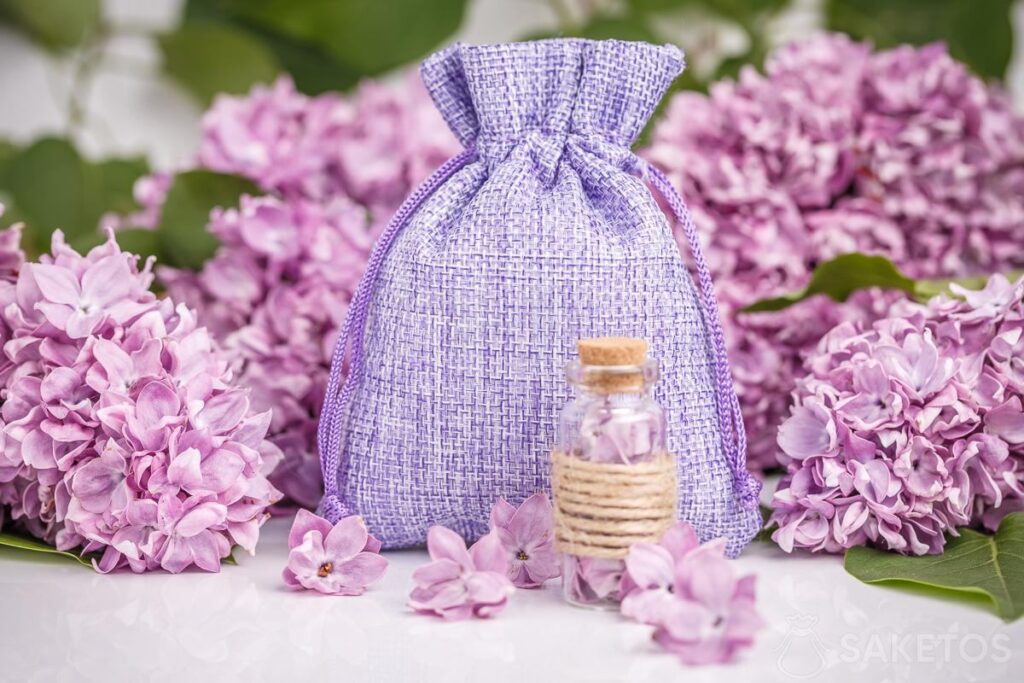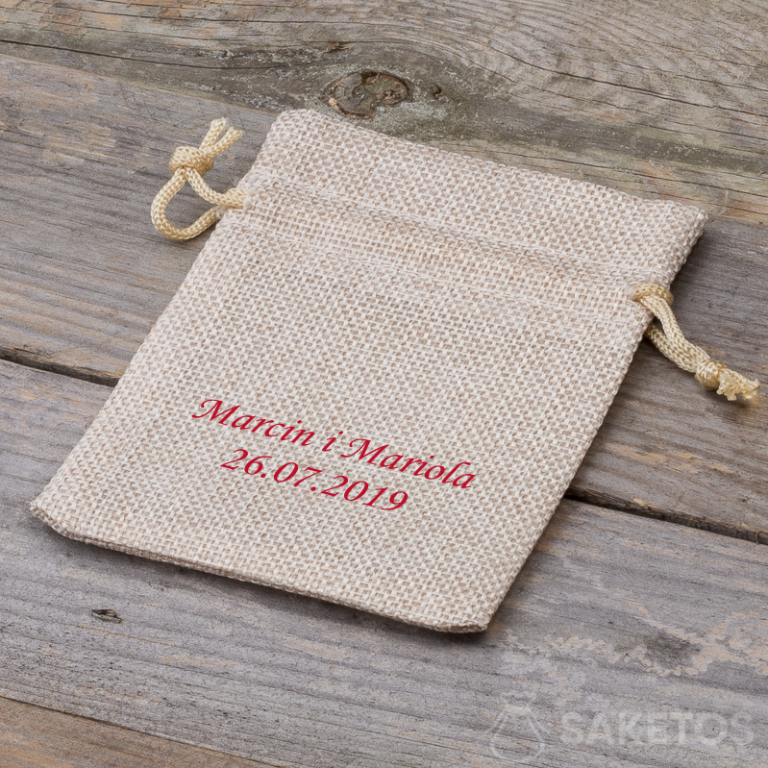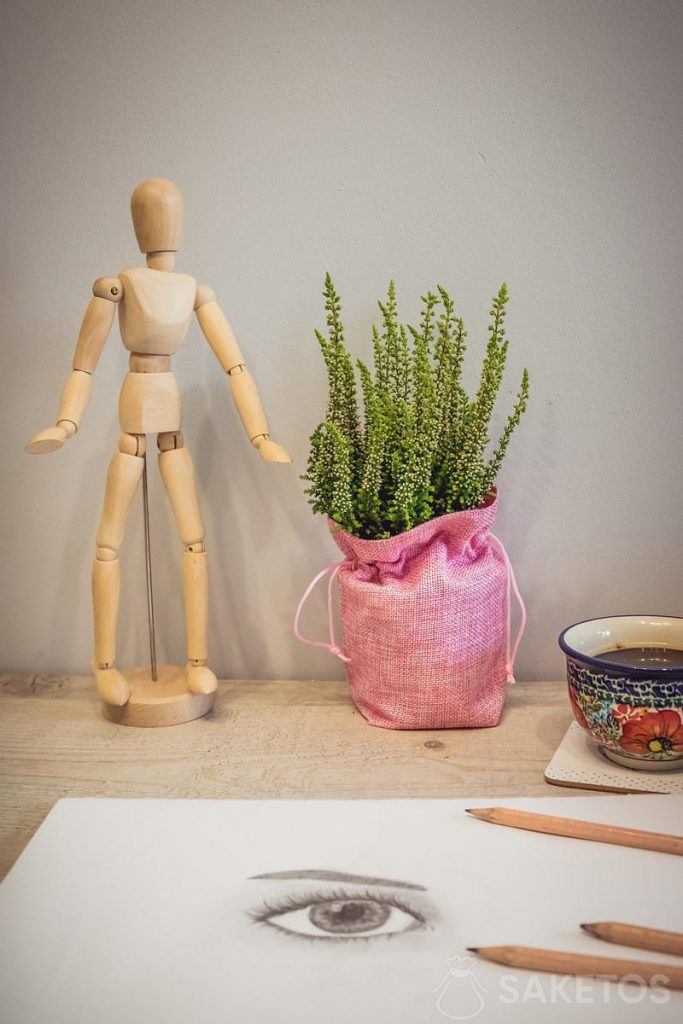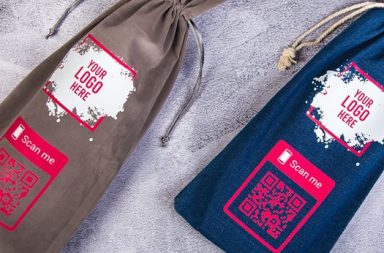Jute fabric has become increasingly popular in recent times. It leads the way in terms of fabric choice when it comes to the EKO-look. It often falls to the choice of fabric bags because of their appearance and versatility. The fabric specification is an important consideration. Check out the possibilities offered by jute fabric and the most common uses.
What is jute?
Jute is an exotic annual plant that grows up to 3 metres tall. There is an edible variety – treated like a vegetable in many countries. Jute – a stem fibre, produced from a plant of the genus jute, which is grown in China, Pakistan and other countries with a similar climate – hot and humid. This plant is found in tropical areas. It produces a fabric with an interesting linen-like weave. It naturally comes in a golden grey colour. On the market, it is available in various colours – mainly because it lends itself well to dyeing.

History of jute
Jute is a fabric that has accompanied humans for thousands of years. It was known as far back as antiquity – there is evidence that it was used by the ancient Indians and Chinese, among others. The earliest extensive records of jute cultivation and the production of fabrics from its fibres found by archaeologists date to the 16th century. During this time, ancient production techniques were being refined. Industrial development in the 19th century meant that jute began to be mass produced. However, the material was originally characterised by a high degree of coarseness, and it was only over the years that a finer version could be achieved. It is interesting to note that India and China remain the leading jute producing countries to this day. In addition to them, the fabric is exported in large quantities by Thailand, Bangladesh and the Ivory Coast.
How do people produce jute fabric?
Jute, a versatile plant, undergoes a fascinating journey before its seed bags can mature. After its flowers fall, the harvest begins, usually 130-140 days after sowing. Cut plants are left to wither, and only the bare stems are used for cloth. These stems are tied in sheaves and soaked in water for 2-4 weeks, softening the bark. Skilled hands extract precious cellulose-lignin fibers from the inner side, which are then rinsed, pressed, and left to dry for two days. Manufacturers can dye the obtained fibers in any colour. They utilize them for weaving baskets, ropes, or send them to mills to produce yarn. Skilled artisans then use this yarn to create smaller weave fabrics, fashioning stylish shoes, trendy handbags, and captivating home decorations. Nevertheless, jute is not suitable for clothing; modern preferences favor softer, skin-friendly fabrics for apparel.
What are the possible applications of jute bags?
Because of their durability and interesting appearance, burlap bags are ideal for interior decoration. An alternative idea is to include a fragrant dried fruit inside the pouch, creating a wardrobe fragrance pendant that exudes a pleasant aroma.

You can also use these pouches to express gratitude to guests attending a celebration, a trend that has gained popularity recently. People often pack small gifts for guests into these pouches. This inexpensive and decorative packaging will work perfectly in a similar situation!
Is jute fabric suitable for all purposes?
Jute bags are also a great option for covering flower pots. They are sure to wow your guests with their fantastic design and at the same time hide the traditional, common flower pots. However, it is important to remember that the fabric is water-permeable, so we need to take care of the saucer, or put a flower with a cover in the pouch.
For instance, people use burlap pouches to store various trinkets.
You can use bags to pack gifts. You can put a mug, jewelry, or any gadget in such a small bag. Natural cosmetics and all kinds of handicrafts look particularly good in jute pouches.


